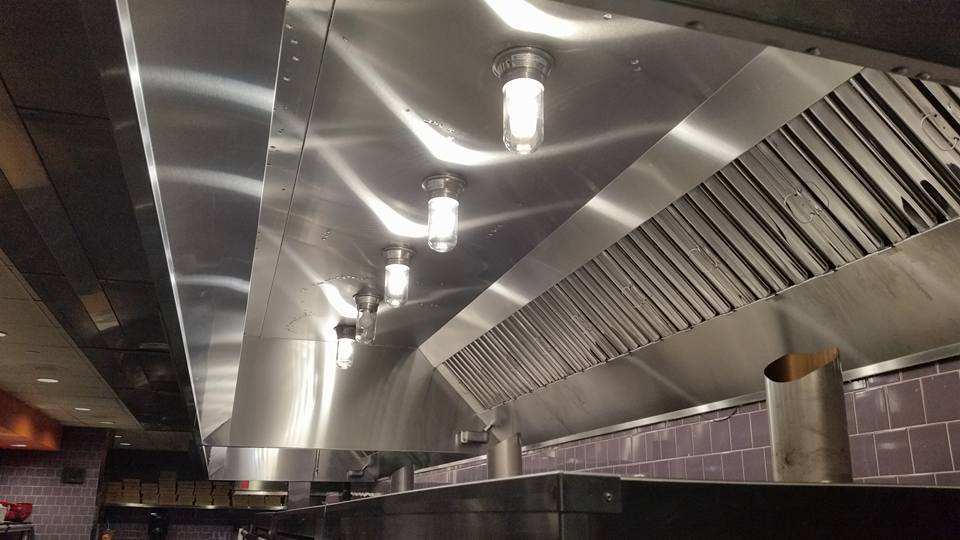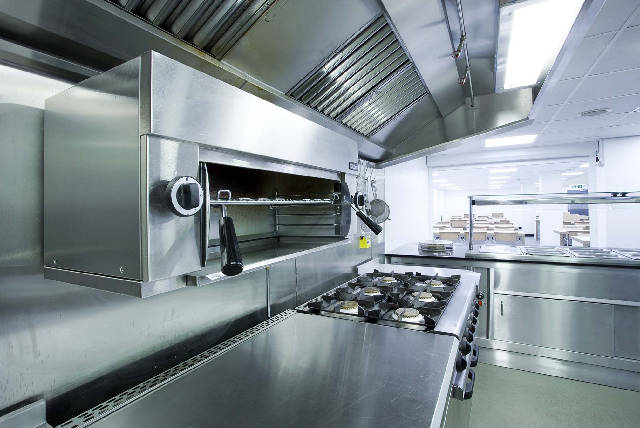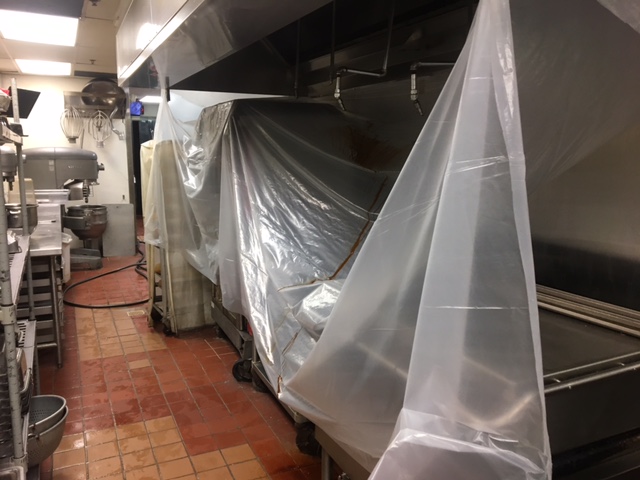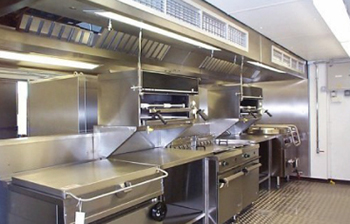Greening the Kitchen: How Proper Hood Cleaning Promotes Environmental Sustainability in San Jose Restaurants
Introduction
In recent years, the global focus on environmental sustainability has encouraged various industries to adopt eco-friendly practices, and the restaurant sector is no exception. Restaurants, especially their kitchens, consume significant resources and produce substantial waste. San Jose, a city renowned for its culinary scene, has seen a rise in eco-conscious establishments aiming to reduce their environmental impact. This article explores how proper hood cleaning plays a crucial role in promoting environmental sustainability in San Jose restaurants.
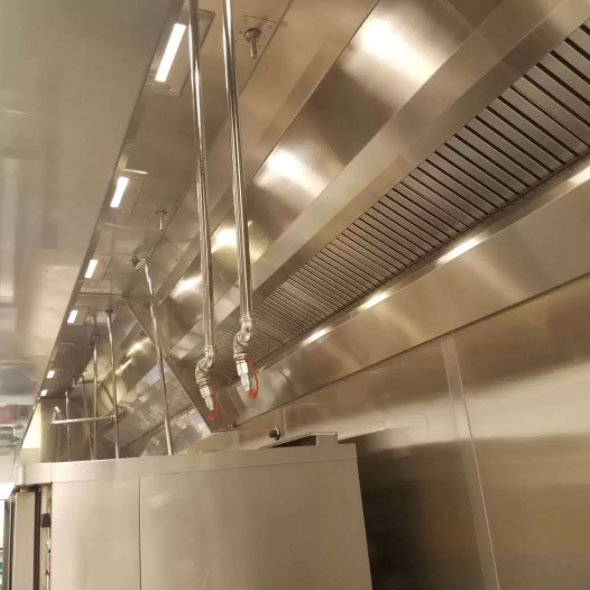
1.1 Understanding the Importance of Greening the Kitchen
2.1. Environmental Impact of Restaurant Kitchens
Restaurant kitchens are notorious for their high energy consumption, water usage, and waste generation. From cooking to cleaning, every aspect of kitchen operations can leave a substantial carbon footprint. As the demand for dining out increases, it becomes imperative for restaurants to take responsibility for their environmental impact.
2.2. Role of Hood Cleaning in Sustainability
Hood cleaning, a routine maintenance process, is often overlooked when discussing sustainability. However, it is a critical aspect of a green kitchen. A properly cleaned hood and exhaust system not only ensures a safe working environment but also contributes significantly to energy efficiency.
The Benefits of Proper Hood Cleaning
3.1. Improved Air Quality
Regular hood cleaning prevents the buildup of grease and grime, which can lead to poor indoor air quality. By removing these contaminants, restaurants can provide a healthier atmosphere for both staff and customers, reducing the risk of respiratory issues.
3.2. Energy Efficiency
A clean hood and exhaust system operate more efficiently, consuming less energy during ventilation. This results in lower utility bills for the restaurant and reduces the overall carbon footprint.
3.3. Compliance with Regulations
Proper hood cleaning ensures that restaurants comply with health and safety regulations. Avoiding fines and penalties for non-compliance is not only financially beneficial but also reflects a commitment to responsible business practices.
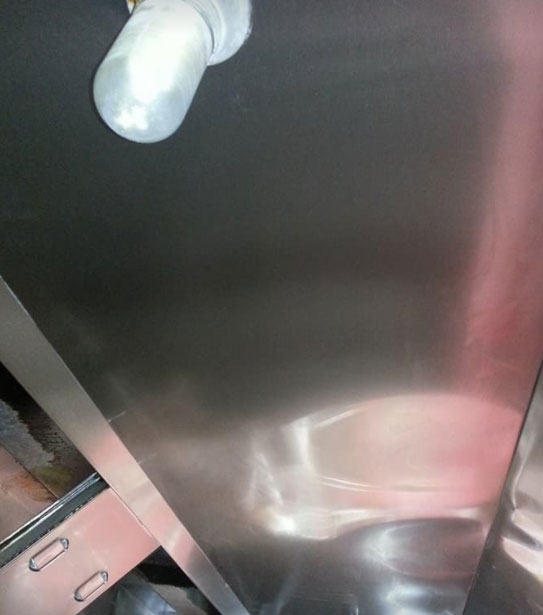
Choosing Eco-Friendly Cleaning Products
4.1. Harmful Chemicals and their Impact
Traditional cleaning products often contain harsh chemicals that can be harmful to the environment and human health. When these chemicals are washed down the drain, they can enter waterways and disrupt ecosystems.
4.2. Advantages of Green Cleaning Solutions
Switching to eco-friendly cleaning products reduces the ecological impact without compromising cleanliness. Many green cleaning solutions use biodegradable and non-toxic ingredients, promoting a safer environment for everyone.
Adopting Sustainable Waste Management
5.1. Reducing Food Waste
Restaurants are notorious for wasting large amounts of food daily. Implementing strategies to reduce food waste not only benefits the environment but also leads to cost savings for the business.
5.2. Recycling and Composting
Setting up recycling and composting programs further minimizes the waste that ends up in landfills. By diverting waste to recycling centers and compost facilities, restaurants contribute to a circular economy.
Educating Staff and Promoting Awareness
6.1. Training Employees on Sustainable Practices
Staff training is crucial in implementing sustainable practices effectively. Educating employees about energy conservation, waste reduction, and eco-friendly procedures empowers them to contribute actively to the restaurant’s green initiatives.
6.2. Encouraging Green Initiatives
Encouraging staff to participate in green initiatives fosters a sense of ownership and responsibility. Recognition and incentives for eco-friendly actions motivate employees to embrace sustainable practices wholeheartedly.

Green Kitchen Design and Equipment
7.1. Energy-Efficient Appliances
Investing in energy-efficient kitchen appliances can significantly reduce the restaurant’s energy consumption. Upgrading to energy-saving equipment not only saves money in the long run but also demonstrates a commitment to sustainability.
7.2. Sustainable Materials
Choosing sustainable materials for kitchen construction and design reduces the restaurant’s ecological footprint. From countertops made of recycled materials to eco-friendly flooring options, every choice counts.
Collaborating with Sustainable Suppliers
8.1. Sourcing Locally
Partnering with local suppliers reduces transportation-related emissions and supports the community. Sourcing fresh produce and ingredients locally also enhances the restaurant’s commitment to quality.
8.2. Supporting Environmentally Responsible Businesses
Working with suppliers who share similar sustainability goals reinforces the restaurant’s dedication to green practices. Collaboration with like-minded businesses fosters a network of eco-conscious establishments.
Tracking and Measuring Environmental Impact
9.1. Monitoring Resource Consumption
Regularly tracking resource consumption, such as energy and water usage, helps identify areas for improvement. Data-driven insights enable better decision-making and the setting of realistic sustainability targets.
9.2. Setting Sustainability Goals
Establishing clear sustainability goals allows restaurants to measure progress and celebrate achievements. Setting ambitious yet achievable targets motivates stakeholders to continuously strive for greener practices.
Case Studies: Leading San Jose Restaurants
10.1. Restaurant A: A Model of Green Kitchen Practices
Highlighting a restaurant that exemplifies sustainable practices can inspire others to follow suit. By showcasing their achievements and challenges, other establishments can learn valuable lessons.
10.2. Restaurant B: Transforming Towards Sustainability
Presenting a case study of a restaurant in the process of adopting sustainability practices demonstrates the journey towards becoming more environmentally responsible. This provides insights and encouragement to those on a similar path.
Conclusion
Greening the kitchen is not an option but a necessity for San Jose restaurants to contribute to environmental sustainability. Proper hood cleaning, along with a comprehensive approach to eco-friendly practices, can lead to a greener and more responsible culinary industry. By reducing their environmental impact, restaurants not only safeguard the planet but also attract eco-conscious customers who value sustainable dining experiences.

